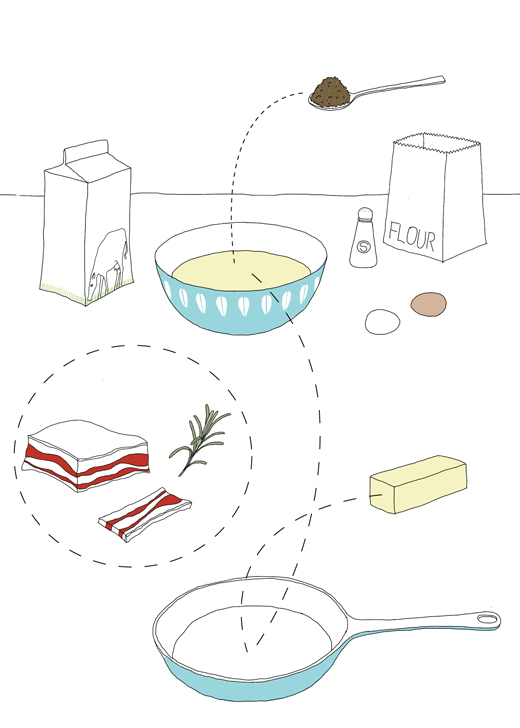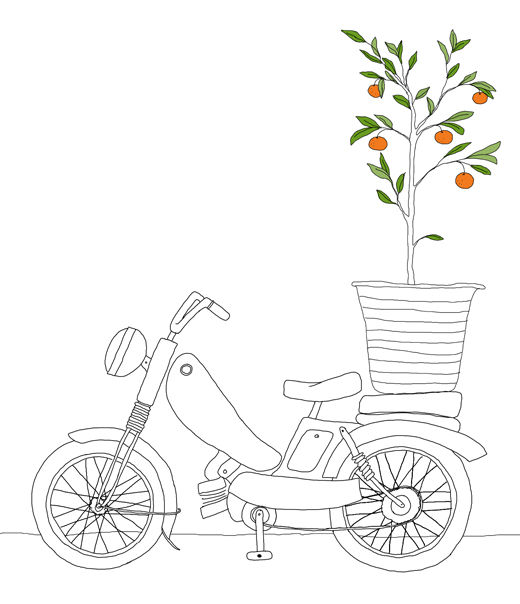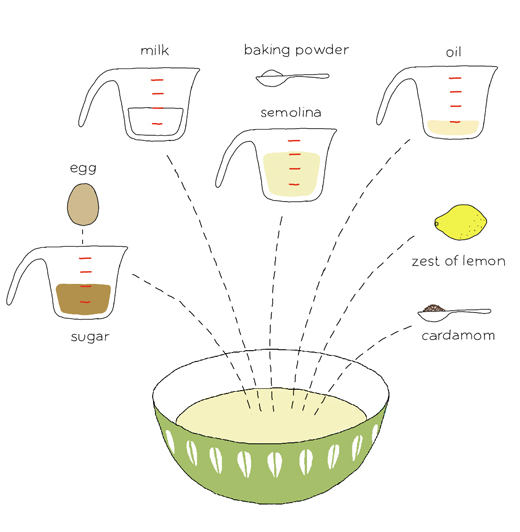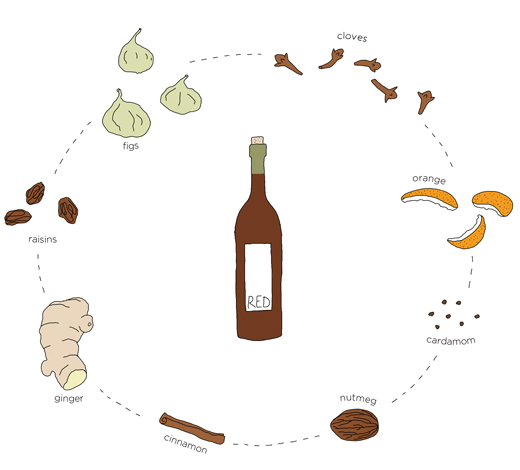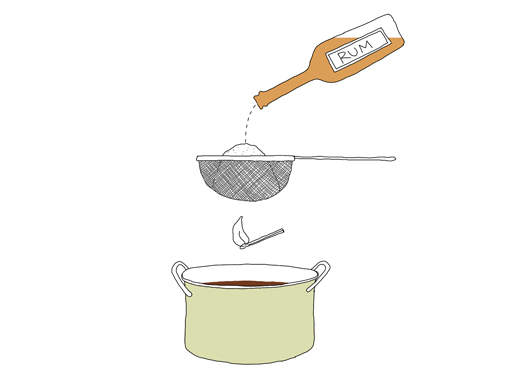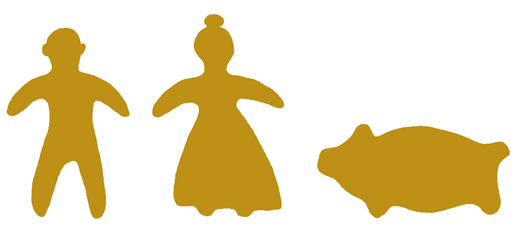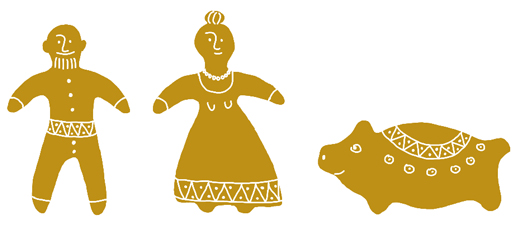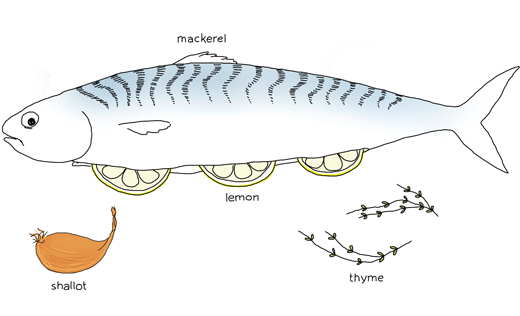
Lately I haven’t cooked or eaten fish that often. There is no good excuse for this other than I have been confused about which fish is ‘correct’ and safe to eat. Many of you probably already know that we should be careful which salmon, shrimps and tuna we choose to eat, that we should really start to cook and eat other fish that are more sustainable and healthy. But that is not an easy task, as which fish to eat varies from country to country (and it can vary even in the same country).
I’m happy that one of my favorite fishes, mackerel, seems to be a safe choice, both in Sweden and the US . According to Vanessa Barrington, at EcoSalon, Mackerel doesn’t have high levels of mercury (except for the king mackerel which has) and the fishing method used doesn’t damage the bottom of the sea. Mackerel has a rich flavor and you don’t really need to add much to enjoy this fish. It’s great in soups, filleted or cooked whole (see below) and can be roasted, baked or poached. You can also smoke or cure it.
Mackerel makes me long for summer, especially Swedish summers when the sun doesn’t go down until around 11pm. When I was a little girl we often went to the west coast to rent a boat and fish all day. Mostly we caught cod and mackerel but sometimes we also got garfish (not listed). In the evening when we all were hungry and tired we would get back on land or find some tiny unsettled rocky island, collect firewood and broil mackerel over an open fire. The whole fish was stuck on a wooden stick (cleaned and gutted) and just simply seasoned with salt and lemon.
Now this is not easily done every day but there are definitely ways to enjoy fish at home all year around. My latest recipe was created after I got inspired by Melissa Clark’s recent article on whole roasted fish. The article was such a great reminder that its about time I start to cook whole fish again.
Roasted Mackerel with Buttered Shallots
for two
one or two whole mackerel (about 1-1 ½ lb)
one lemon
freshly grounded pepper
a splash of olive oil
one shallot
10 sprigs of fresh thyme
about 2 oz butter
Clean and gut the mackerel. Take a paper towel to pat the fish dry. Rub inside and outside of the fish with one or two slices of lemon. Sprinkle salt and pepper all over the fish. Slice the rest of the lemon thinly and chop the shallots finely. Fill the stomach of the mackerel with some of the slices and leave about half for later when serving the fish. Place ½ of the shallot into the cavity together with a few sprigs of thyme. Place the fish in a greased baking pan. You can also bake on top of foil on a baking tray. Sprinkle some olive oil over and roast the fish at 400°F for about 20-30 minutes. The fish is done when the meat is white and the meat easily loosens from the bones.
While the fish roasts, melt about half of the butter and saute the shallots on a really low heat until soft. At the end add more butter and plenty of thyme.
Serve the fish with buttered shallots together with roasted vegetables such as parsnips and carrots. The mackerel is also great with a simple salad made of roasted red pepper, feta, watercress and toasted sunflower seeds.
Here is some more good stuff about fish…
The good Fish of the Pacific Coast by Becky Selengut
Seafood Watch (US) (check out their app for Android and iPhone)
WWFs fisk guide (Sweden)
This article was originally published at EcoSalon, 2 February 2012

